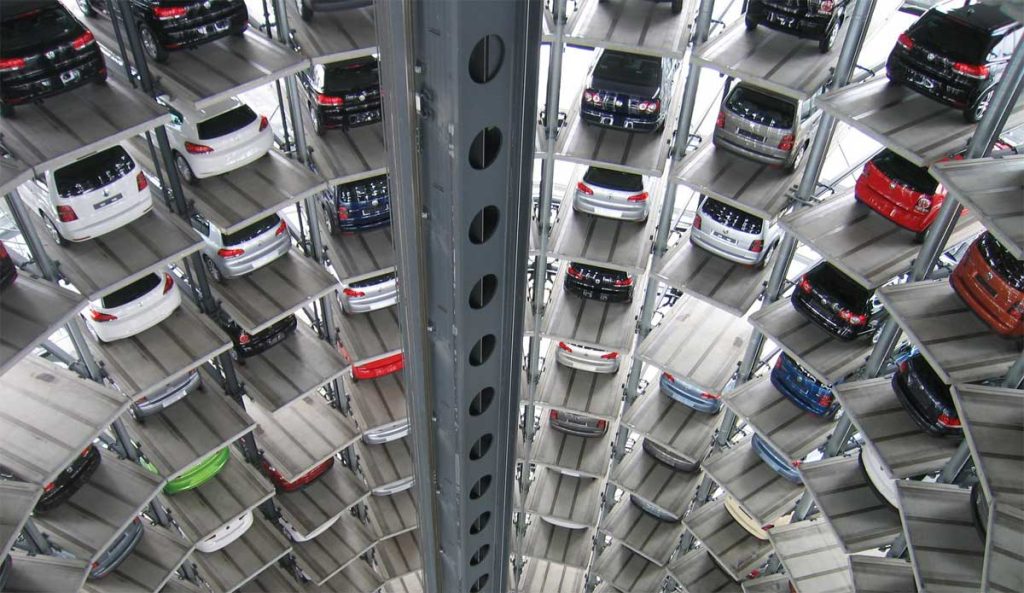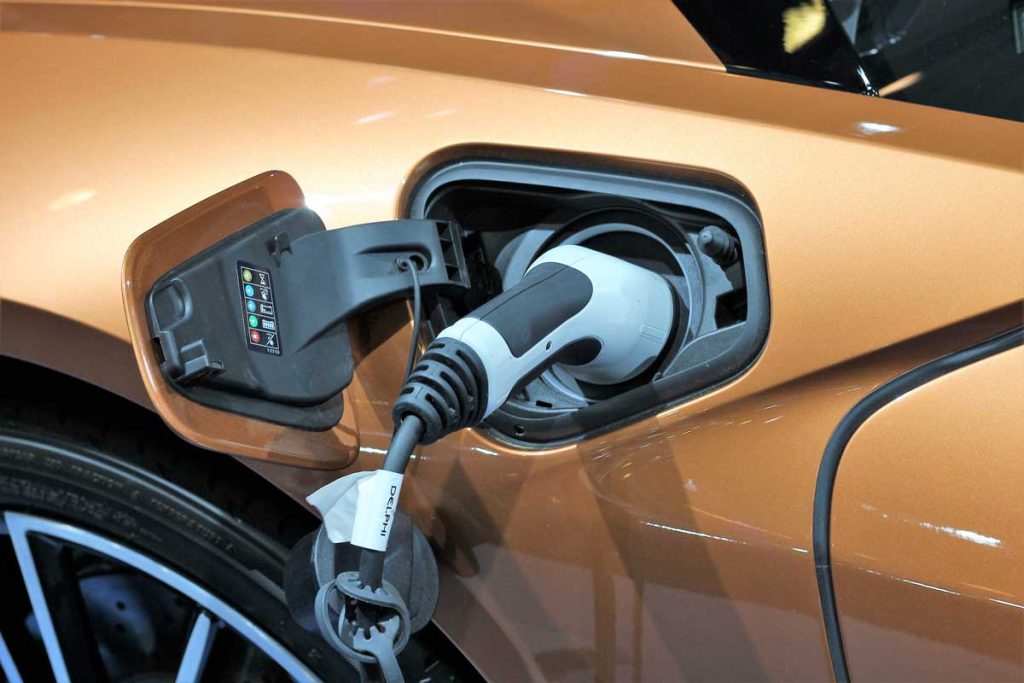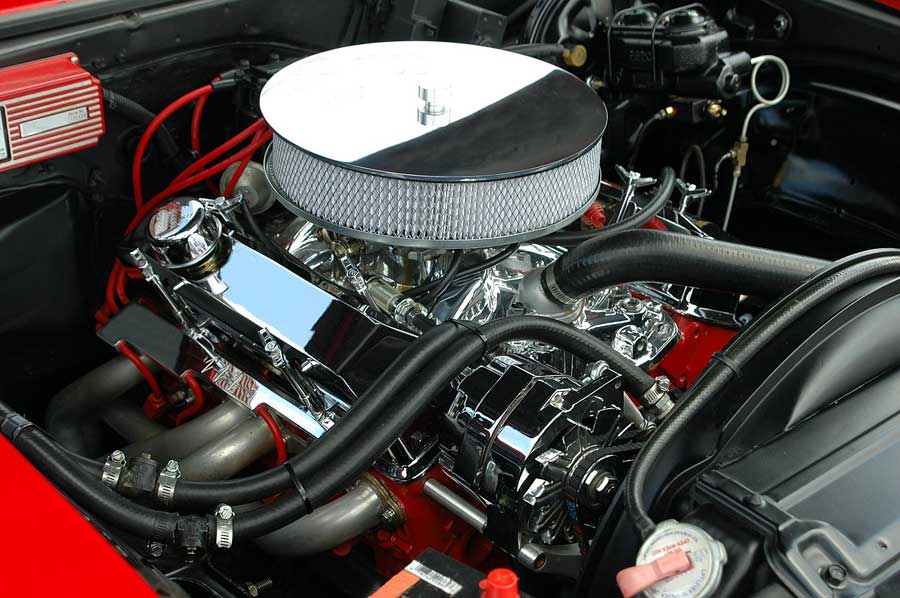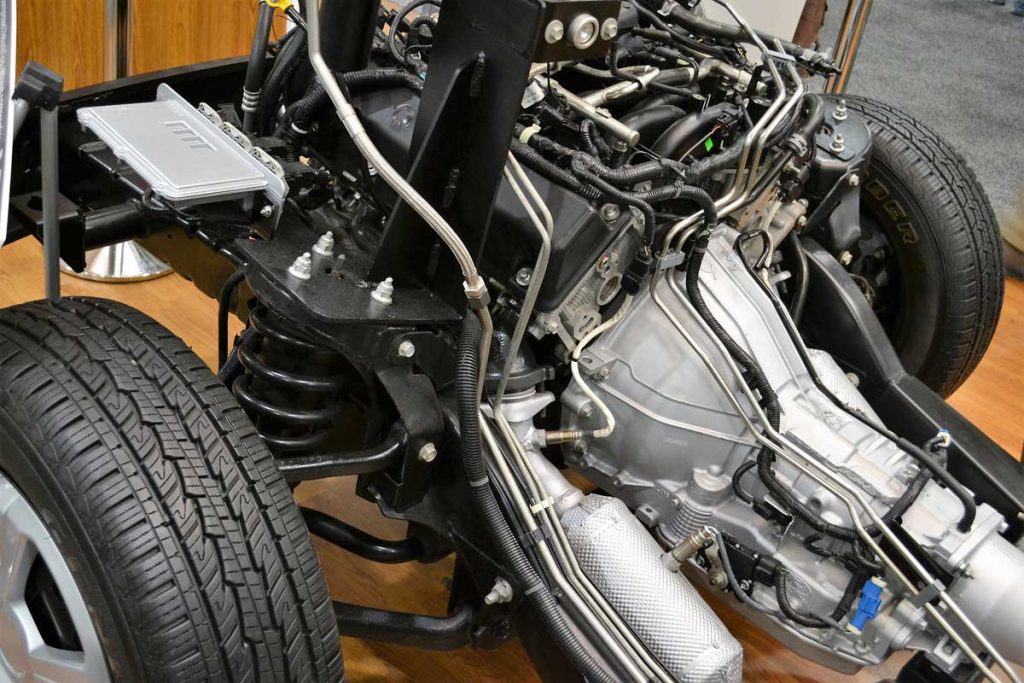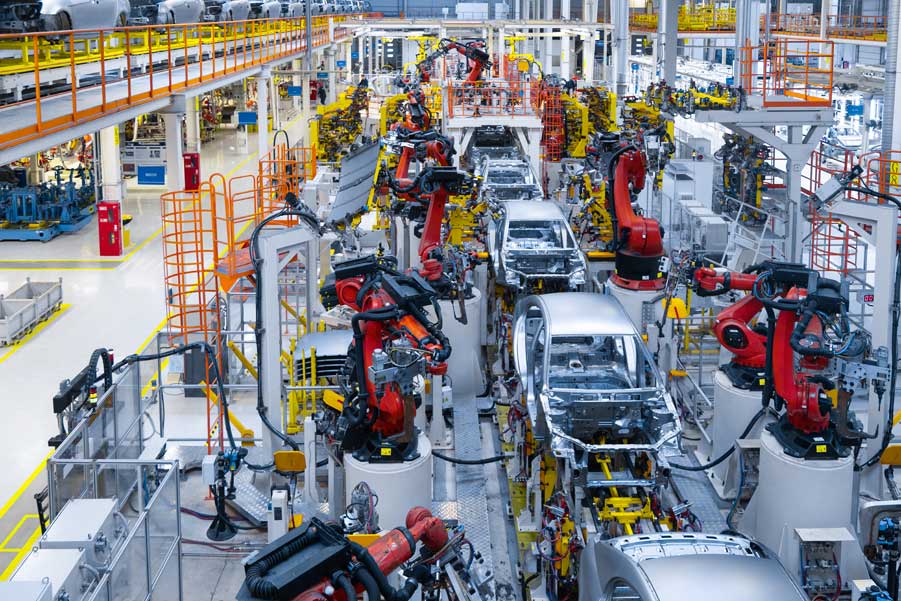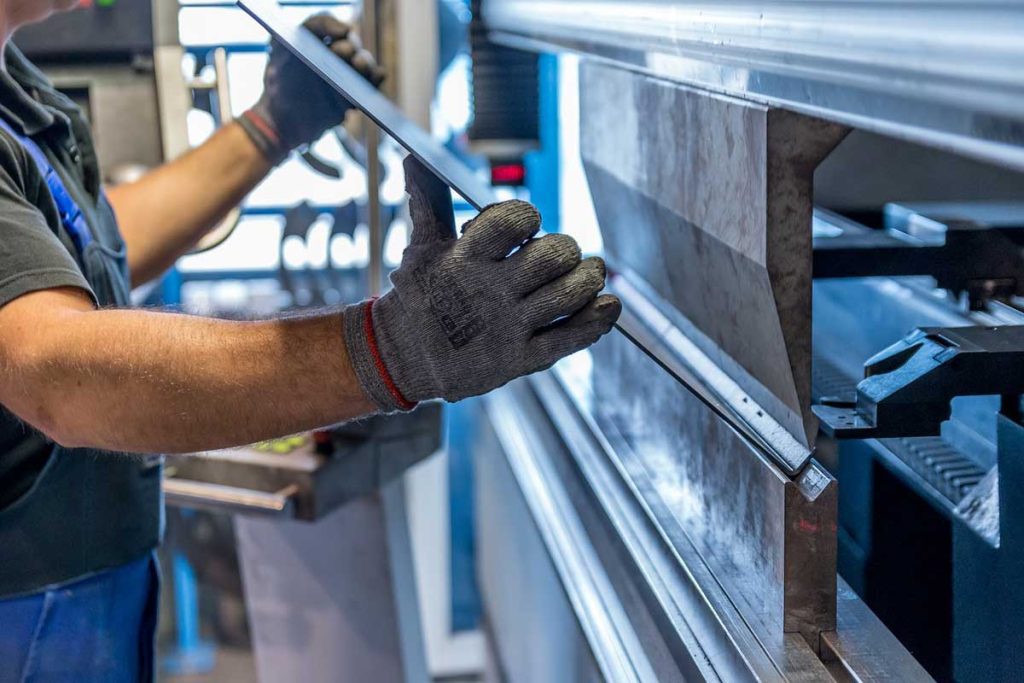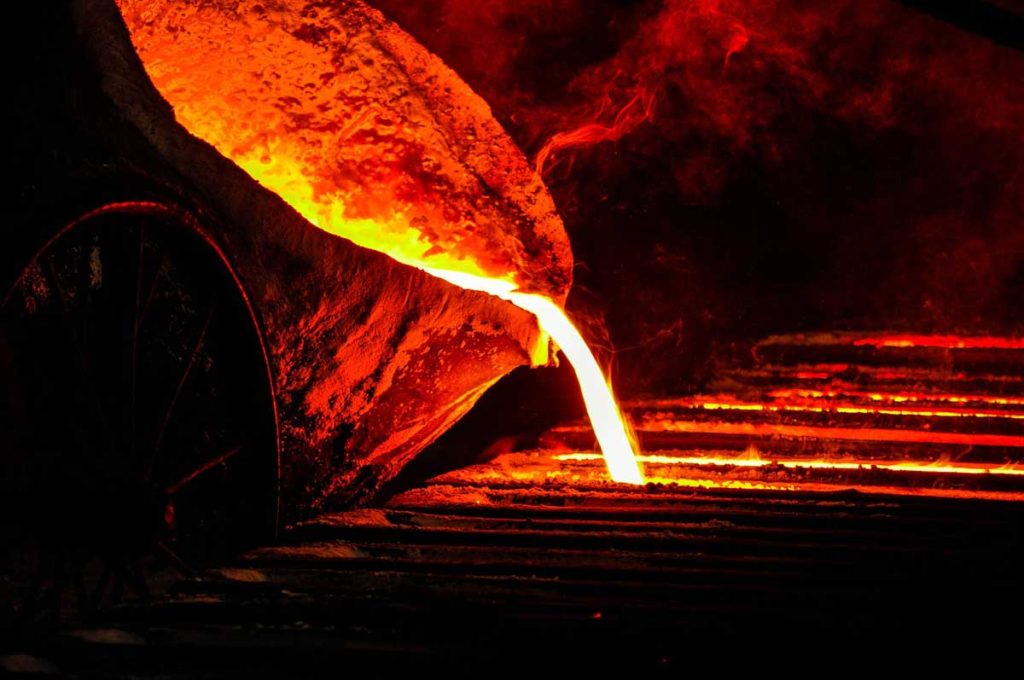
Our last post on vehicle emissions might have raised some eyebrows, but let’s look at the efficiency numbers of an internal combustion vehicle versus an electric vehicle. An internal combustion vehicle converts between 20-35% percent of the fuel energy potential to force at the wheels of your vehicle. While that might not sound like a stellar number, the lower end of that scale reflects heavy duty trucks and vans. Now, let’s compare it to an EV. Thermal efficiency at a power plant ranges from 45-50%. Losses on the transmission grid are 5%. Losses at your transformer (assuming you only go through 1 to get to your home) is 3%. Losses at the charger are 11-16%. Losses at the battery 18%, and finally losses at the drive motors are 10%. If you do the math, an EV is only able to use 24.1-28.7% of the fuel energy potential. So, is the EV much more efficient than an internal combustion engine? Every car on the road is powered by oil and gas. If you have a specific question, send us a message or plan to join us at the Eastern Gas Compression Roundtable, May 2-4, 2023 at the David Lawrence Convention Center in Pittsburgh, PA.
